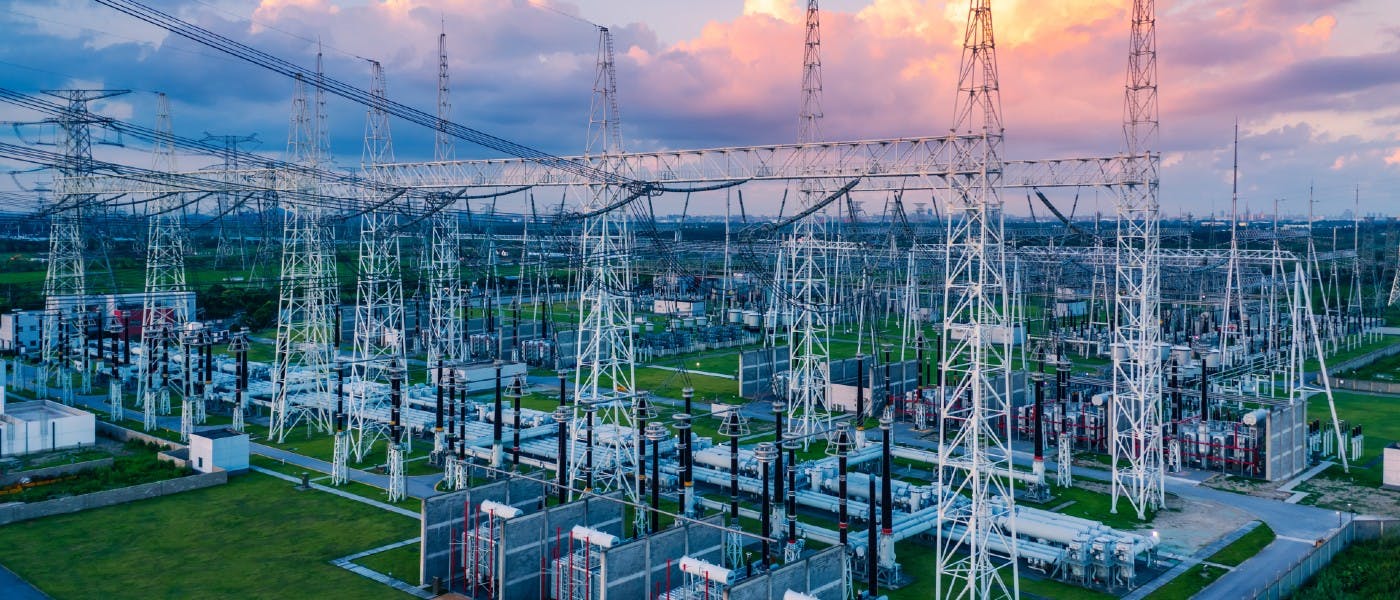The power grid is slowly approaching the end of its expected lifespan. Even if it were brand-new, much of it is outdated. The world is entering an age of electric vehicles, data centers, and smart technology, so grid modernization is necessary. However, with digitalization comes cyber threats. A robust security posture is vital for success.
Grid Modernization Strengthens Critical Infrastructure
Electrification is changing how people use the grid. Electric vehicle infrastructure, renewable energy sources, smart grid technologies, and virtual power plants are becoming prevalent. Modernizing aging analog electrical infrastructure in these ways expands access to electricity and reduces reliance on finite fossil fuels, increasing resiliency.
As power demand surges and electrification evolves, cutting-edge, diverse technology integrations grow increasingly important. Sensors can identify and isolate faults, preventing blackouts. Smart meters can help citizens optimize energy efficiency, reducing resource waste and greenhouse gas emissions.
Why Grid Modernization Is Essential in the Long Term
Modernization is vital because America’s electrical infrastructure is old. Most circuit breakers and transmission lines were
Until then, outdated equipment poses a cybersecurity risk. For instance, after
Why Cybersecurity Is Essential for Grid Modernization
Since power plants, substations, and transmission lines fall under the umbrella of critical infrastructure, strengthening them through grid modernization is important. Resilience is key for ensuring reliability during peak load and preventing extreme weather events from causing blackouts. However, these integrations could introduce cybersecurity risks.
When power grids were mostly analog, local governments only had to worry about physical threats like vandalism and severe weather. Since
If a cybercriminal were to cause rolling blackouts or shut down the power grid entirely, untold damage could occur. Within the first few days, food in the fridge would spoil, businesses would close, public transportation would shut down, and cell towers would fail.
Hospitals and police stations would use backup generators to keep the lights on. However, that is a temporary solution, and they would still be impacted indirectly. Unresponsive traffic lights and a loss of communication would disrupt emergency services.
Widespread blackouts haven’t happened yet. However, that doesn’t mean an advanced threat group couldn’t cause them, especially since cyberthreats are becoming more frequent and severe.
Are Current Cybersecurity Practices Enough?
Whether or not current cybersecurity measures are enough to protect power infrastructure during grid modernization is the question on experts’ minds. Even though government agencies are working hard to create a robust, tamperproof system, cyberthreats are evolving rapidly.
As digitalization progresses, novel attacks targeting electrical infrastructure are emerging. For instance, a cybercriminal could use a software-defined radio
What Security Mechanisms Protect the Power Grid?
To be fair, various government agencies have recognized the importance of grid security and have stepped up. For instance, the Office of Cybersecurity, Energy Security and Emergency Response (CESER) is leading the U.S. Department of Energy’s (DOE) efforts to strengthen security and resilience.
As cyberthreats targeting power systems evolve, CESER
The U.S. DOE’s cybersecurity-by-design approach uses tools like authentication mechanisms and data encryption to strengthen systems, even if there are wide security gaps between legacy and modern grid components.
Emerging Technologies Could Strengthen Security
Various government agencies spend tens of millions of dollars upgrading the power grid’s safety and resilience with cutting-edge security measures. Will those defenses be enough when cybercriminals can deploy next-generation technologies like malicious machine learning models?
Despite significant investments, the country’s energy infrastructure is still outdated, making it vulnerable. In 2024, the North American Electric Reliability Corp. found that the number of susceptible points among U.S. electrical networks
Deploying artificial intelligence for automatic threat detection would be a huge step forward. Hyperconverged infrastructure should be another consideration. This software-centric information technology (IT) setup combines servers, data storage, and networking components in a distributed platform, simplifying management, monitoring, and maintenance.
Fixing the Gaps Between Legacy and Modern Systems
Before the government can modernize electrical infrastructure, it must strengthen the grid’s security posture. However, since implementing new cybersecurity mechanisms could introduce vulnerabilities, proactive security interventions are essential.
No matter how IT professionals upgrade energy infrastructure, gaps between legacy and modern technologies are very likely. Replacing everything from transmission lines to control systems simultaneously simply isn’t feasible, so they may face compatibility or technical issues. Informed decision-making is key to preventing unexpected vulnerabilities during this period.
Decision-makers should also consider which implementation plan produces the fewest security vulnerabilities. Would it be better to upgrade control systems before installing vehicle charging stations? Do transmission lines and circuit breakers need internet-enabled sensors for monitoring, or would that only introduce new risks?
Grid Modernization Only Succeeds With Cybersecurity
Cybersecurity professionals — especially those at the U.S. DOE and CESER — know how important securing the nation’s power grid is. They are actively working on improvements. However, the specifics about what to implement and when to upgrade are somewhat of a gray area. As the cybersecurity landscape evolves, so must their tactics.










